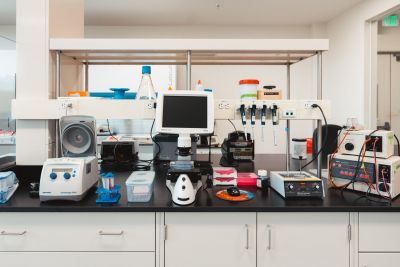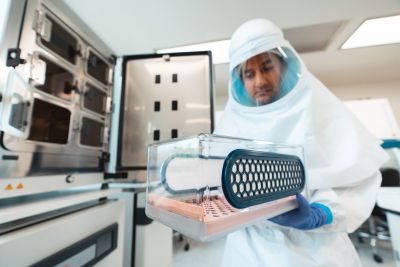With the aim of enhancing research on SARS-CoV-2, the virus responsible for COVID-19, Stanford University has expanded its Biosafety Level 3 (BSL3) lab. This type of lab is capable of handling airborne microbes that can cause serious or potentially lethal disease. The BSL3 is administered by the Innovative Medicines Accelerator, a part of Stanford’s Long-Range Vision that is designed to help faculty generate and test new medicines to slow the spread of disease.
In late August – before the lab was officially up and running – Joe Buonomo, a postdoctoral research fellow in chemistry, and Arjun Rustagi, a postdoctoral medical fellow in infectious diseases, showed Stanford News photographer Andrew Brodhead what work in the BSL3 lab would look like. Now, the lab is fully operational and researchers there are working with SARS-CoV-2.

Image credit: Andrew Brodhead

Image credit: Andrew Brodhead

Image credit: Andrew Brodhead

Image credit: Andrew Brodhead

Image credit: Andrew Brodhead

Image credit: Andrew Brodhead

Image credit: Andrew Brodhead

Image credit: Andrew Brodhead